Does Dna Replication Proceed in One Direction
DNA replication being a process in which free nucleotides are added onto a polynucleotide chain operates in the 5 to 3 direction because it takes energy for the phosphodiester bonds to form and the energy needed is only generated going one way. The other strand in the 5 direction from the primer is called the lagging strand and replication along it is called discontinuous replication.
The video below explains the typical.
. The strands of DNA are oriented in opposite directions 5 to 3 and 3 to 5 so replication has to occur in one direction on the leading strand but the other direction on the lagging strand. In eukaryotic cells polymerases alpha delta and epsilon are the primary polymerases involved in DNA replication. A primer is needed to start replication.
Is it true in eukaryote DNA replication proceeds in one direction along the DNA molecule. DNA replication occurs in the 5 to 3 direction although DNA polymerase moves along the template strand in 3 to 5 direction. The directionality of the newly forming strand 5 to 3 is opposite to the direction 3 to 5 in which DNA polymerase moves along the template strand.
DNA polymerases require 3 OH group for the initiation of synthesis of DNA strand. Two directions down both strands until completely copied Which scientists discovered a major fact about DNA replication and what was it. DNA is read by DNA polymerase in the 3 to 5 direction meaning the new strand is synthesized in the 5 to 3 direction.
Not the boy band but rather it prefers to replicate in a certain direction over the other. Hence DNA polymerase moves along the template strand in 3 - 5 direction and the daughter. Since the leading and lagging strand templates are oriented in opposite directions at the replication fork a major issue is how to achieve synthesis of new lagging strand DNA whose direction of synthesis is opposite to the direction of the growing replication fork.
DNA replication goes in the 5 to 3 direction because DNA polymerase acts on the 3-OH of the existing strand for adding free nucleotides. DNA polymerase adds nucleotides to the deoxyribose 3 ended strand in a 5 to 3 direction. DNA replication can proceed in only one direction from the top of the DNA strand to the bottom.
At the end of this process once the DNA is all replicated the cell actually has twice the amount of DNA that it needs and the cell can then divide and parcel this DNA into the daughter cell so that the daughter cell and the parental cell in many case are absolutely genetically identical. Therefore it can synthesize in only one direction by extending the 3 end of the pre-existing nucleotide chain. They are essential for DNA replication and usually works in a pair to create identical DNA strands.
Leading strand is synthesised continuously. DNA replication always proceeds in only bartleby. Therefore it can synthesize in only one direction by extending the 3 end of the pre-existing nucleotide chain.
DNA polymerase can only attach bases to the 5 prime end of a. DNA replication likes one direction. They are essential for DNA replication and usually works in a pair to create identical DNA strands.
DNA polymerase can only synthesize new strands of DNA in the 5-3 direction. Since the two strands of double-helical DNA run in opposite antiparallel directions continuous synthesis of two new strands at the replication forkwould require that one strand be synthesized in the 5 to 3 direction while the other is synthesized in the opposite 3 to 5 direction. DNA polymerases require 3 OH group for the initiation of synthesis of DNA strand.
Because the strands that form the DNA double helix align in an antiparallel fashion with the top of one strand juxtaposed to the bottom of the other strand only one strand at each replication fork has the proper orientation bottom-to-top to direct the assembly of a new strand in the top-to. Replicating all of the DNA in a single human cell takes several hours of just pure copying time. In order for DNA polymerase to do this it must read the template strand from 3-5.
Everything is made from 5 to 3. First DNA replication occurs only in one direction 5 to 3. The 5 to 3 way.
Second DNA unwinding and DNA polymerization have to be coordinated to avoid formation of large single stranded ss. DNA Polymerase Only Moves in One Direction This immediate replication is known as continuous replication. A 5-phosphate 3-hydroxyl B 3-phosphate 5-hydroxyl C 5-deoxyribose 3-base D 3-base 5-deoxyribose.
The lagging strand begins replication by binding with multiple primers. Therefore replicating the template strand that runs 3-5 results in the synthesis of the leading strand. Publishing their findings in Science Advances scientists have discovered an enzyme that can perform the procedure in the opposite direction and characterized how it works - a complex process.
Hence DNA polymerase moves along the template strand in 3 - 5 direction and the daughter. DNA replication always proceeds in only one direction because the ________ of the incoming nucleotide is attached to the free ________ of the growing DNA strand. Because replication proceeds in the 5 to 3 direction on the leading strand the newly formed strand is continuous.
Does DNA replication proceed in one or two directions.
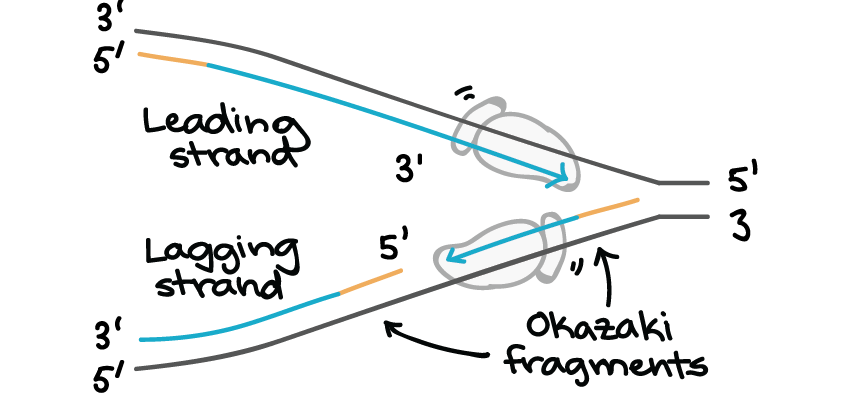
Molecular Mechanism Of Dna Replication Article Khan Academy
Chapter 14 Dna Replication In Fundamentals Of Cell Biology On Openalg

Why Can T Dna Polymerase Attach Things To The 5 End Of A Strand Of Dna
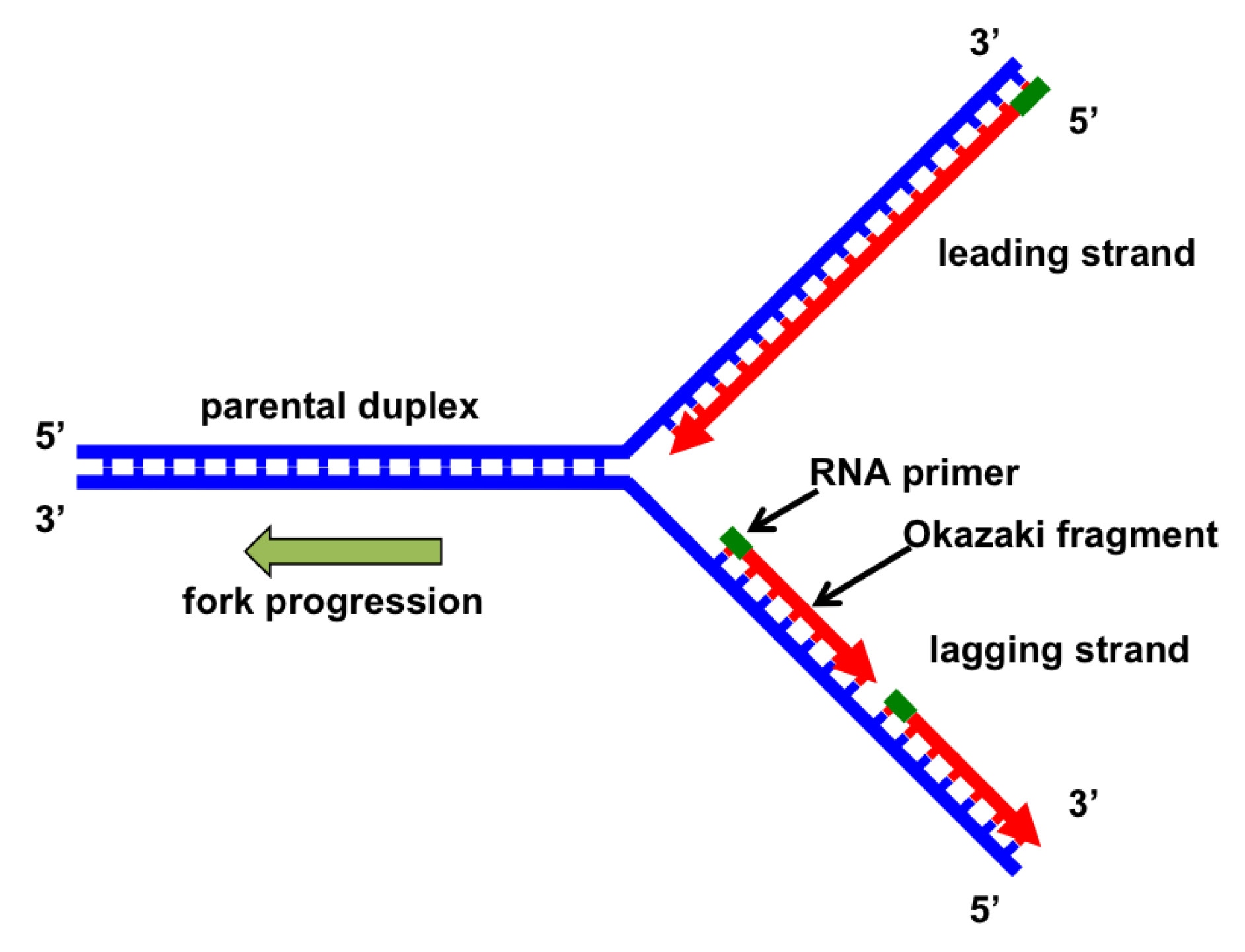
Genes Free Full Text The Replication Fork Understanding The Eukaryotic Replication Machinery And The Challenges To Genome Duplication Html

Is The Dna Replication In Eukaryotes Unidirectional Or Bidirectional Quora
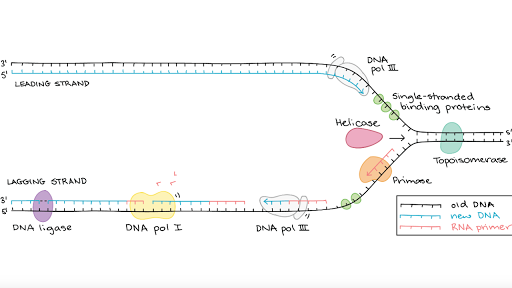
Molecular Mechanism Of Dna Replication Article Khan Academy
Why Does Dna Replication And Transcription Occur In The 5 3 Direction Quora

What Are The Steps Of Dna Replication

Mechanism Of Dna Replication 7 1 2 Ib Dp Biology Hl Revision Notes 2016 Save My Exams
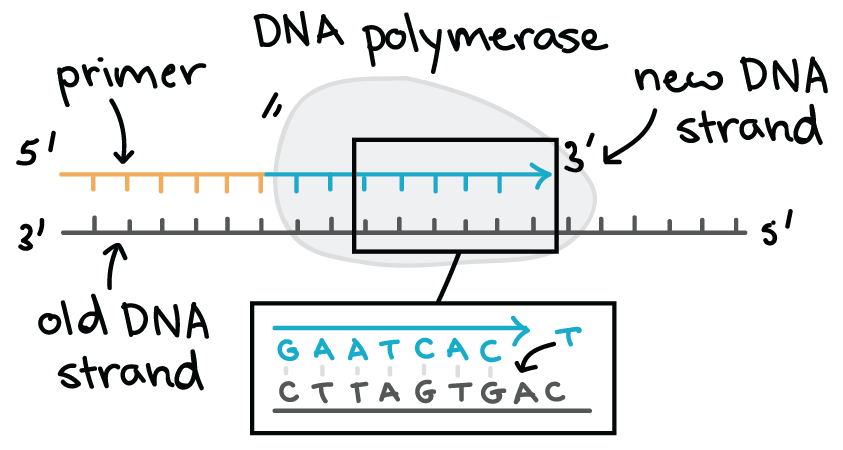
Molecular Mechanism Of Dna Replication Article Khan Academy

Dna Replication Leading Strand Vs Lagging Strand Okazaki Fragments Youtube

The Process Of Dna Replication Always Occurs In The 5 To 3 Direction A Download Scientific Diagram

Why Is Dna Replicated In The 5 3 Direction Quora
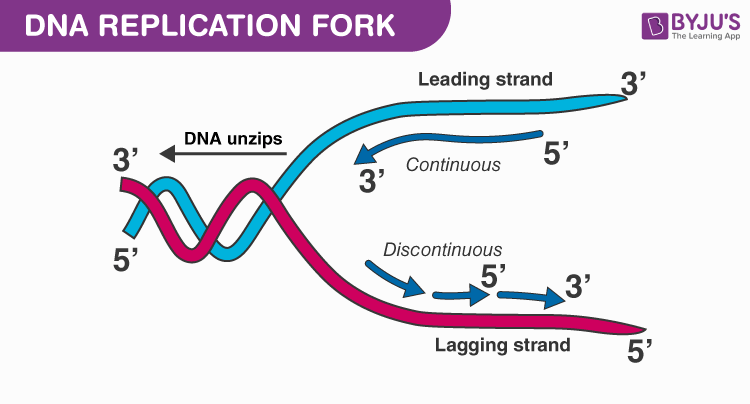
Why Does Dna Replication Go From 5 To 3 Byju S Neet
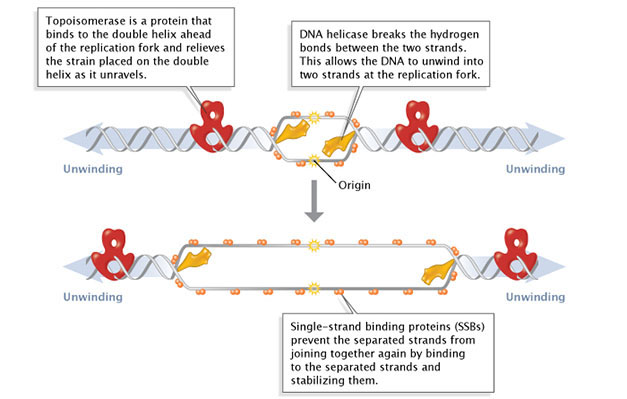
Molecular Events Of Dna Replication Learn Science At Scitable
Comments
Post a Comment